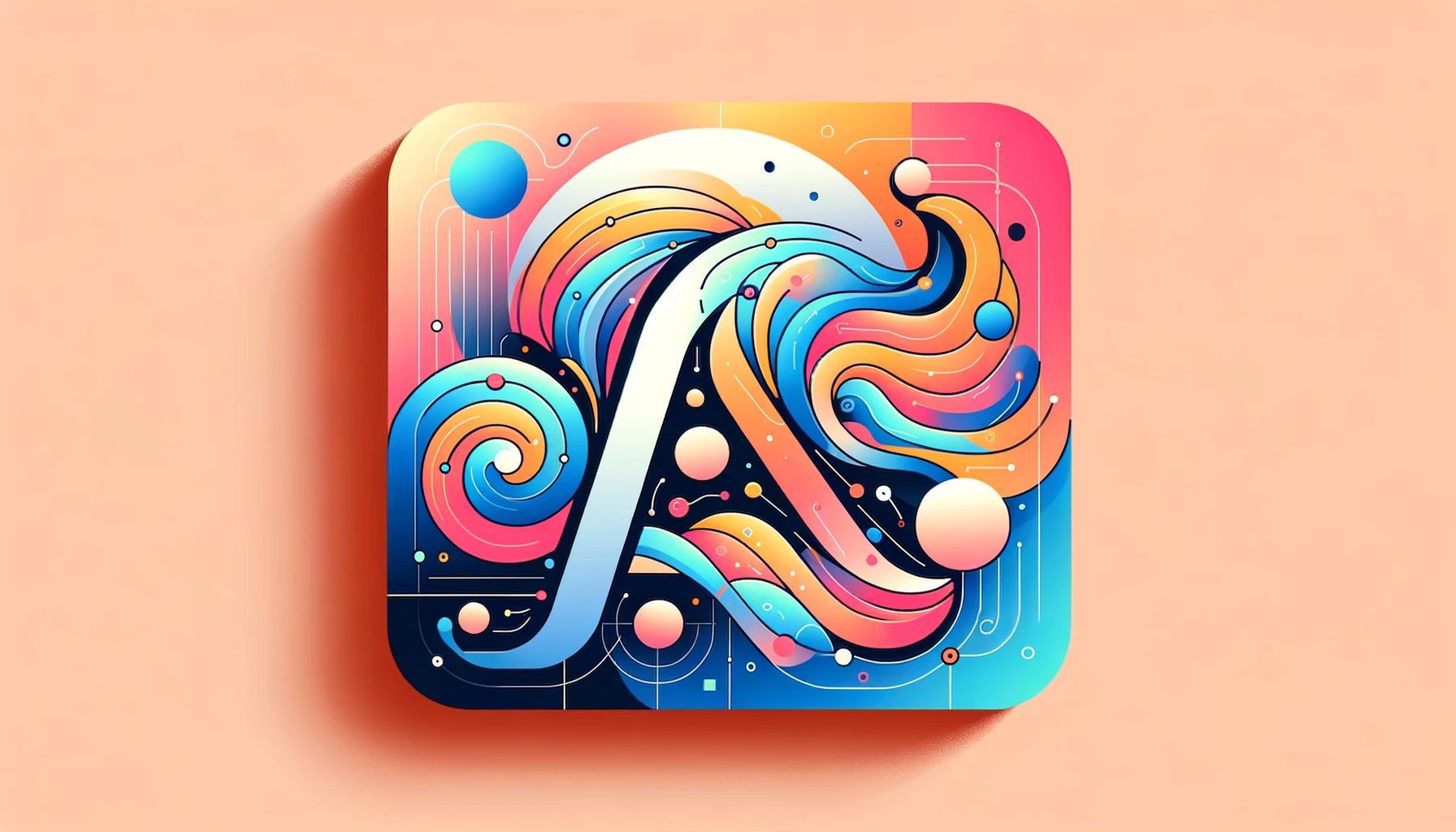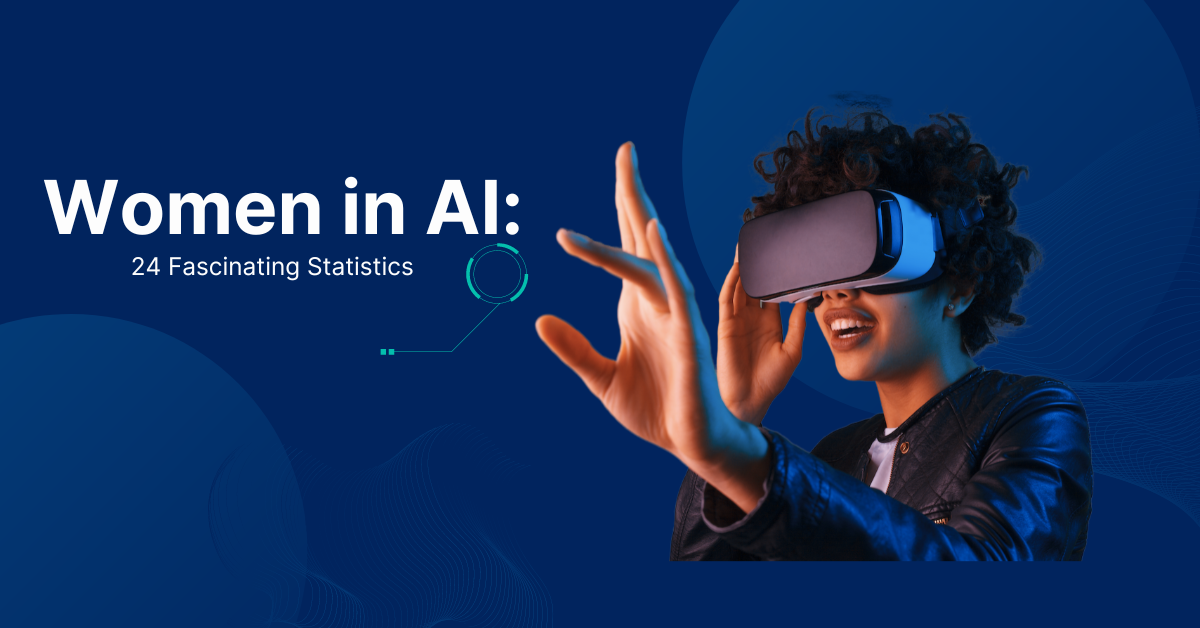Artificial Intelligence (AI) is revolutionizing industries and reshaping the job market. While AI introduces efficiency and innovation, it also brings challenges related to job displacement and creating new roles. This article explores the dual impact of AI on employment, focusing on job creation, displacement, and the future of work across various industries.
AI: Job Creator?
AI is often seen as a threat to traditional employment, but it also has the potential to be a significant job creator. This section examines the projections and real-world data on how AI will generate new job opportunities.
How Many New Jobs Will AI Create?
AI is projected to create 97 million new jobs by 2025, offsetting the 85 million jobs it might eliminate. This transformation is driven by the need for advanced skills in AI development and management. The AI market is also growing rapidly, with businesses increasingly incorporating AI solutions. Over the past four years, there has been a 74% increase in AI-related job postings.
What Kind of New Jobs Will AI Create?
AI will create jobs that require collaboration between humans and machines. These include roles such as AI trainers who improve machine learning algorithms, data scientists who interpret complex data sets, and experts in human-centered design who ensure AI applications meet user needs.
Statistical Analysis
Understanding the statistical landscape of AI's impact on jobs helps grasp the broader implications for the workforce. This subsection delves into the numbers behind job creation and displacement due to AI.
Job Creation and Displacement
Despite concerns about job displacement, AI is expected to generate more opportunities than it eliminates. By 2030, up to 30% of current jobs could be automated, impacting various sectors. However, AI might eliminate 85 million jobs but create 97 million, resulting in a net gain of 12 million jobs by 2025.
Workforce Shifts
Advances in AI could affect about 15% of the global workforce by 2030, potentially leading to 400 million job shifts. Significant workforce changes are anticipated as AI technologies evolve, necessitating new skills and job roles.
The Future of Work with AI
AI's influence extends beyond job creation and displacement. This section explores how AI will shape the future work environment, including economic impacts and industry-specific changes.
Predictions for Job Displacement
AI's economic impact is profound, potentially contributing $15.7 trillion to global GDP by 2030. Productivity improvements and consumption-side effects drive this. For example, the UK's healthcare and social care sectors are expected to see the largest net job growth due to AI in the next ten years.
Industry-Specific Changes
Each industry will experience AI's impact differently. This subsection examines how AI will transform manufacturing, healthcare, retail, finance, and transportation.
Manufacturing

By 2030, AI and automation are expected to displace nearly 20 million manufacturing jobs globally. However, AI integration will increase efficiency, with some manufacturing plants reporting up to a 20% productivity boost. AI optimizes production processes, enhances quality control, and predicts maintenance needs in manufacturing, transforming traditional roles into tech-savvy positions.
Healthcare
AI applications in healthcare could generate $34 billion in annual cost savings by 2025. Automation in healthcare is set to streamline many routine tasks, improving efficiency and allowing professionals to focus on more complex activities.
While AI can assist in diagnostics and routine tasks, doctors and nurses are still needed for patient interaction, complex decision-making, and compassionate care.
Retail
AI could automate up to 70% of retail jobs in inventory management by 2030. The rise of AI-driven self-checkout systems is reducing the need for cashier roles. However, new retail roles will emerge, focusing on AI system management and customer experience enhancement.
Finance
AI is expected to take over 40% of financial analyst tasks by 2028, potentially saving the finance industry $1 trillion annually by 2030. Positions such as financial analysts, customer service representatives, and specific trading roles are most vulnerable to AI automation.
Transportation
The rise of autonomous vehicles could displace up to 3 million driving jobs by 2030. AI's impact on logistics is expected to boost efficiency significantly, streamlining operations and reducing costs. The transportation sector could see a 15% reduction in operational expenses due to AI by 2030.
Economic Shifts
AI-driven job displacement could result in economic shifts worth $1.6 trillion by 2030. However, AI is also expected to create 4.2 million jobs in renewable energy sectors by 2030, offsetting some of the displacement caused by automation. Up to 12 million occupational shifts are anticipated by 2030 due to AI, transforming job roles and creating new opportunities across various industries.
Navigating the Multifaceted Impact of AI on the Job Market
The impact of AI on the job market is multifaceted, involving both job creation and displacement. While AI poses challenges, it also presents significant opportunities for economic growth and the development of new job categories requiring advanced skills and human-AI collaboration. The future of work with AI is poised to be dynamic, demanding adaptability and continuous learning from the workforce.






